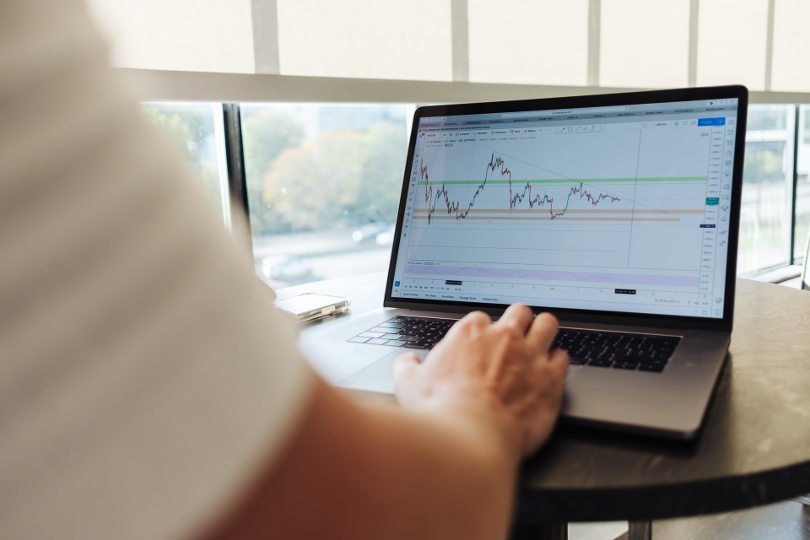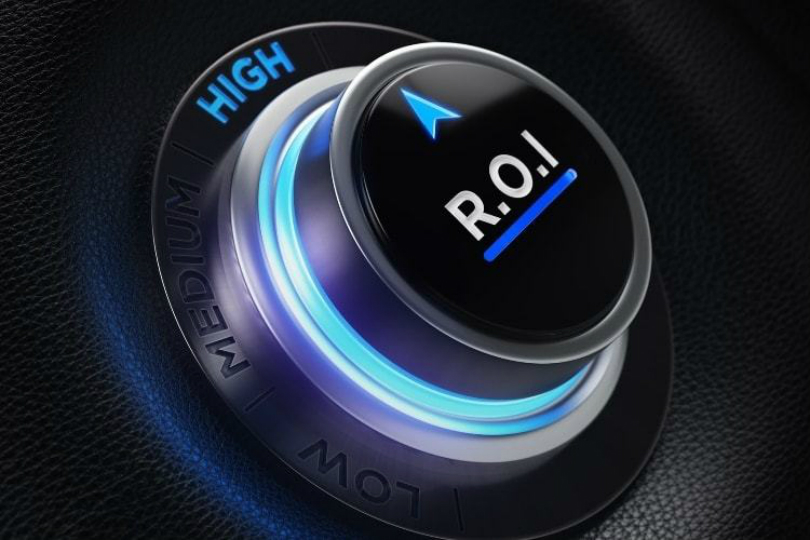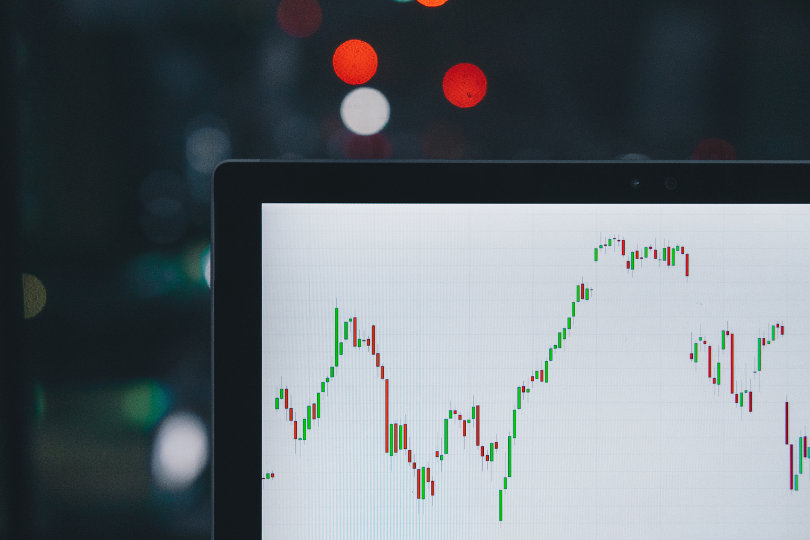Online trading has been growing at a fast pace in recent years, and it continues to do so. Online traders are now beginning to trade directly with brokerage firms that offer financial products such as forex. Supplement to that, a large number of online traders are moving away from the norm of trading on regulated markets such as banks to online trading platforms.

As the popularity of online forex trading increases, the range of supporting complementary services grows as well. Thus, a large number of services are created; these include forex signals.
Some of the unregulated brokers offer free forex signals, with some proving malicious. They are provided solely to sweeten the deal for traders and make more profit for themselves. It is then crucial that traders get to learn how to access and evaluate signals for themselves using the hacks below.
1. Evaluate the reliability of Forex Signals
Reliable signals are not free; however, some may be offered for free. They require a lot of work; hence, they are a paid service. Having a reliable signal will benefit an account and a trader alike. So if you pay for it, it is a reliable signal:
2. The authenticity of a signal
First, you need to evaluate the historical data of the signal. If a signal is automatic, it is easier to assess because of its past performance. Here, the signal is calculated by the back-end processes of the system. One can also carry out a live test and have trading done in real-time to see the process first hand and assess the accuracy of the signal.
3. Track record of a signal
The standard approach is to have monitored the trades taken into by the signal from accounts on different platforms. These are like Myfxbook or Fxstat. This way, you can carefully follow the forex signal in real-time and gauge its performance.

4. Return on Investment Factors
It is necessary to source for information on factors that affect your returns. These may include drawdowns, if any, risk-return rations, profit factor, among others. Be sure to ask the signal provider for this technical and critical information, and it applies to both a free and a paid forex signal.
5. Possible Risks and Money management
Each signal is unique; some are built for small-time trading others are made for larger accounts; hence they will work differently. The exit signal, a profit trade, and a stop loss that limits the loss of a deal are also given.
Therefore, it is essential to evaluate the signal. And if the risks are relevant to you as a trader, you need to know how much money each signal can handle. Having a 100-dollar account in a signal that was created for a 2000-dollar account maximizes your risk. Finally, understand if the signal is only for forex or can support other products. Also, if it’s valid for other currencies and exchange rates.

Conclusion
Sourcing and evaluation of reliable and quality signals is key to the success of online trading. This will minimize your losses and maximize profits. Be sure to source for all the required information from your broker or service provider before selecting a forex signal.







